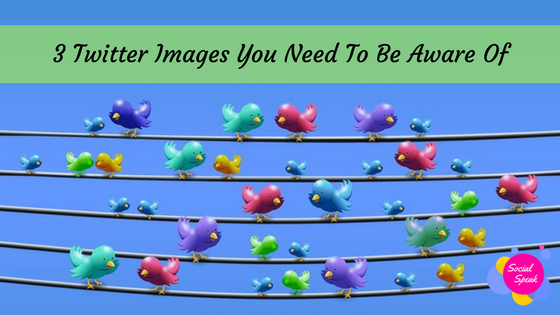In today’s fast-paced lifestyle, mobile marketing is becoming more valuable. Mobile marketing is a great tool for businesses to get in to, however lots of businesses are not using mobile marketing in the most efficient way, just yet. You must go into mobile marketing with strong mobile marketing software so you can see what how it works, and what is working.
Here are some key tasks your mobile marketing software should do.
1. Segment Your Subscriber Base
A very useful way to segment your subscribers is by interests and location. This is especially useful if your company has lots of locations or offers a wide range of products and services.
To effectively segment your lists, use a short code service and make different keywords for each promotion type or location. This engages your customers with the promotion or location they’re interested in, and they will end up automatically segmenting themselves. Then, you can use this information to share location based offers, events and promotions with those consumers.
Additionally, the segmentation of your Facebook opt-ins from your site opt-ins will become more crucial as mobile signups are becoming more relevant and mobile forms are starting to include more marketing platforms. You will be able to give out the same offers to each group so you can then look for differences in conversions, response rates, and long-term customer value based on origin. Over time, your marketing campaigns will become more targeted and you will have greater ROI.
2. Integrate Your Social Media
Social media marketing is a great way to inform leads about your mobile offers/list and carry them further into your business’s growth and success.
Different social media platforms bring in leads with different and unique qualities to them. To figure out which are best, you need mobile marketing software that uses list segmentation along with the proper analytics and tracking tools. Within any business, cross channel integration is becoming increasingly essential. And with digital marking software becoming increasingly intelligent, its performance will improve in near real time. But you must get involved ASAP so you’re business can grow with this technology.
3. Tracking
To help you understand how to create an overall more profitable marketing campaign, use mobile marketing software that will track your data across every marketing channel, including email marketing, social media marketing, blogging platforms, SMS, applications, mobile and others.
It is vital that you are able to see how your mobile marketing efforts are working together with your cross channel marketing efforts. Use the Internet to drive people to your SMS lists. And be sure that you’re not only tracking your results, but are also interpreting those results!















